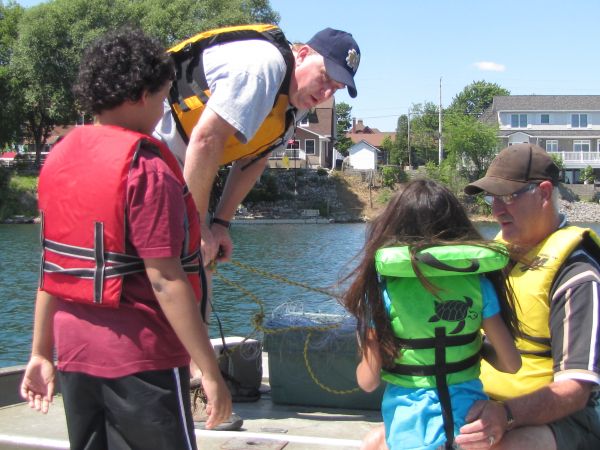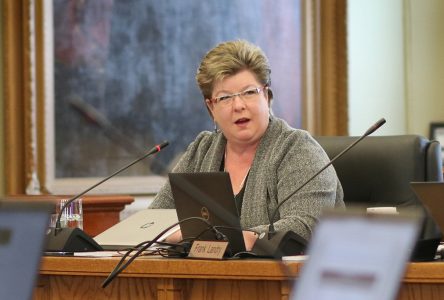CORNWALL, Ontario – People living west of the power dam in Cornwall could see “more natural” changes in the level of the St. Lawrence River if recommendations contained in a report to governments on both sides of the international border are approved.
The International Joint Commission (IJC) said Tuesday so-called “Plan 2014” contains provisions for regulating water flows on the river to the point that levels could still fluctuate while avoiding extremes.
The hope is that by avoiding considerable low- and high-level conditions, increased wetland growth will occur, while halting erosion concerns.
Ecosystem health along parts of the waterway has actually been harmed by existing policies, to the point that 64,000 acres of shoreline wetlands has been degraded.
Dr. Jeff Ridal, executive director at the St. Lawrence River Institute in Cornwall, said residents and boaters west of the dam are likely to see the biggest change.
Water levels between the R.H. Saunders Generating Station and the lock system in Beauharnois, Que. are often unaffected by water level changes – even small ones.
“We’re in a different zone,” he said. “This is the head – where you manage water levels. East of the dam you won’t see much of a difference.”
By increasing the flow rate at the power dam, in conjunction with other measures, the water level of the St. Lawrence River and even Lake Ontario can be changed.
By changing water levels wetlands can thrive. Ridal said the changes will allow a wider variety of plant life to grow – which in turn can add to the different species of wildlife that populate wetlands.
IJC officials and other experts are expected to monitor the changes, if they are implemented, to ensure the outcome is beneficial.
“We have considered thousands of alternatives, and done the best we can to accommodate the very legitimate needs of all stakeholders. It is time to report our conclusions and move forward with a new plan,” said IJC Canadian Section Chair Walker, in a news release.
The St. Lawrence Seaway must be maintained at a specific depth that allows for shipping to safely navigate the system. Also, boaters and those who live along the river have complained about extreme swings in water depth.



